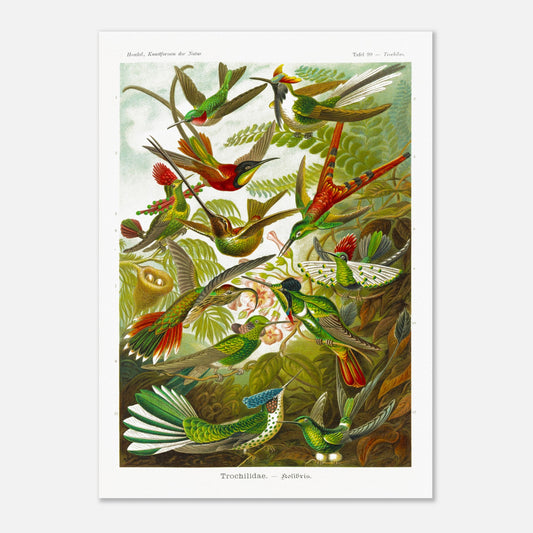Hummingbirds - Illustrated drawing from life - Ernst Haeckel, Kunstformen der Natur
Hummingbirds - Illustrated drawing from life - Ernst Haeckel, Kunstformen der Natur
Couldn't load pickup availability
Engraving reproduction of: Hummingbirds
Original title Trochilidae - Kolibris
Trochilus Poster - Vertebrates of the class Aves, subclass Carinatae, family Trochilidae
Illustration from the book Kunstformen der Natur, which is a collection of artistic lithographs of natural sciences published by the German biologist Ernst Haeckel between 1899 and 1904.
This naturalistic illustration is part of an overall style inspired by Ernst Haeckel, which greatly influenced the emerging Art Nouveau movement at the beginning of the 20th century. This work, illustrating the impressive beauty and great diversity of the biological world, was complemented by a certain amount of scientific information, some excerpts of which are reproduced below.
This information is over 120 years old and some of it may be outdated!
Scientific classification:
Vertebrate Phylum (Vertebrata) Main class Gnathostomes (Gnathostoma) Class of Birds (Aves) Subclass Carinatae (Carinatae) Trochilidae Order (Trochilidae) Hummingbird Family (Kolibrix)
Scientific notice (extract) accompanying the poster print of Trochilidae - Hummingbirds :
The Kolibris or Trochilid family, numbering over 400 species, is exclusively confined to America; in the Old World, it is represented by similar nectar-eating birds (Nectariniidae), particularly in the tropics of Africa, Asia, and Australia. Their closest relatives in Europe are the swifts and kingfishers (Apodidae). Of all birds, the Kolibris are the smallest and most delicate, but also the most beautiful and agile in many respects. Although other bird families such as the birds of paradise, gallinaceous birds, and parrots equal them in splendor, metallic luster, and beautiful feather coloration, and sometimes even surpass them. However, what gives small Kolibris their unique aesthetic appeal and poetic glorification is the combination of their delicate body shape, magnificent plumage, exceptional grace and speed of movement, as well as their close connection with the magnificent flowers they visit for food. Terms such as "flower birds," "flower elves," "shining nymphets," and other expressions used for specific genera illustrate this intimate relationship between Kolibris and the flowers they constantly visit. Similarly, the magnificent metallic sheen of their colorful feathers is described by terms such as "gem birds," "diamond birds," "topaz elves," "ruby nymphets," and others. As with most other birds distinguished by their colorful splendor, diversity of colors, and beautiful feather coloration, males are the owners of these decorative ornaments. In contrast, females are usually paler or completely muted in color and lack the special ornaments that males develop in the form of tufts of feathers on the head, plumage on the legs, and a long tail as ornamental or forked feathers. The causes of this sexual differentiation have been revealed by the theory of selection, which has taught us that continuous "sexual selection" is to be regarded as the physiological cause that has unconsciously produced these most beautiful "art forms of nature." The refined aesthetic taste of sensitive females prefers, in the choice of mate, males that are distinguished by the brilliance and splendor of their feather ornaments. These individual characteristics are then passed on to the offspring of the loving couple and, through repeated sexual selection over several generations, are gradually accumulated and intensified, thus contributing to the admirable beauty of the feathery "art forms." As in human life, where love, devotion, and mutual affection overcome everything, being the inexhaustible source of the greatest pleasures, the most beautiful products of the mind, and magnificent creations in poetry and music, so it is with these charming little birds. This is also attested by the charming love games that precede the marital union of the tender Kolibris; the sighing male displays during these "love dances in flight" not only the full splendor of his physical beauty, but also covers the chosen female with marks of affection and attention of every kind. With regard to this significance of sexual selection, the Kolibris resemble similarly adorned insects, especially butterflies, also known as "flower birds." Just as the special shape of the butterfly's long proboscis serves to direct the long sucking tongue to the bottom of flowers and collect nectar there, so too do the long, thin beak and the hidden, two-parted tongue of the Kolibris. However, most Kolibris species feed not only on flower nectar but also on small insects (such as beetles, flies, etc.) that accumulate at the bottom of flowers. Many Kolibris species are attached to visiting specific types of flowers; their subtle taste has adapted to the specific nectar of that flower and to the particular species of insects that pursue this delicacy, thus diverting them from all other food sources. Therefore, the unique shape and length of the Kolibris's slender, spear-shaped beak are adapted to that of the corresponding flower calyx. The small feet of these flowerbirds are rarely used except to grasp thin branches while resting; they are therefore almost atrophied. In contrast, the narrow and long wings are developed for almost constant use. All Kolibris observers are amazed by the endurance, skill, and speed of their flights, where their fast, shining bodies give the impression of flying jewels in the sun.
Species present on the naturalist board of Hummingbirds - Trochilus :
- Trochilus colubris
- Heliactinus cornutus
- Topaz skin
- Lophornis ornata
- Sparganura sappho
- Docimastes ensifer
- Eutoxeres condemned
- Lophornis gouldii
- Ornismya petasphora
- Augastes lumachellus
- Hylocharis stokesii
- Steganura underwoodii
About this print
About this print
The layout and composition of this reproduction have been the subject of our greatest attention.
- Respect for the format of the original work: in order to faithfully transcribe the artist's intention, the work is not cropped/re-cut except in extreme cases (obvious imperfection, geometry problem, etc.) in which case the cropping will be as light as possible.
- The presence of white margins is sometimes necessary in order to present the work in a balanced manner.
- Each size offered has been specifically composed, therefore, the size of the white margins may vary from one print size to another. Remember to check this detail carefully!
- Print only, frame not included!
Features
Features
- Premium 200gsm matte white paper, durable and strong.
- Natural, smooth uncoated finish, silky to the touch
- FSC certified paper or equivalent certifications depending on regional availability.
- Each print is shipped in sturdy packaging, ensuring safe transport.
- Each print is printed and shipped on demand. No minimum order quantity is required.
Share !
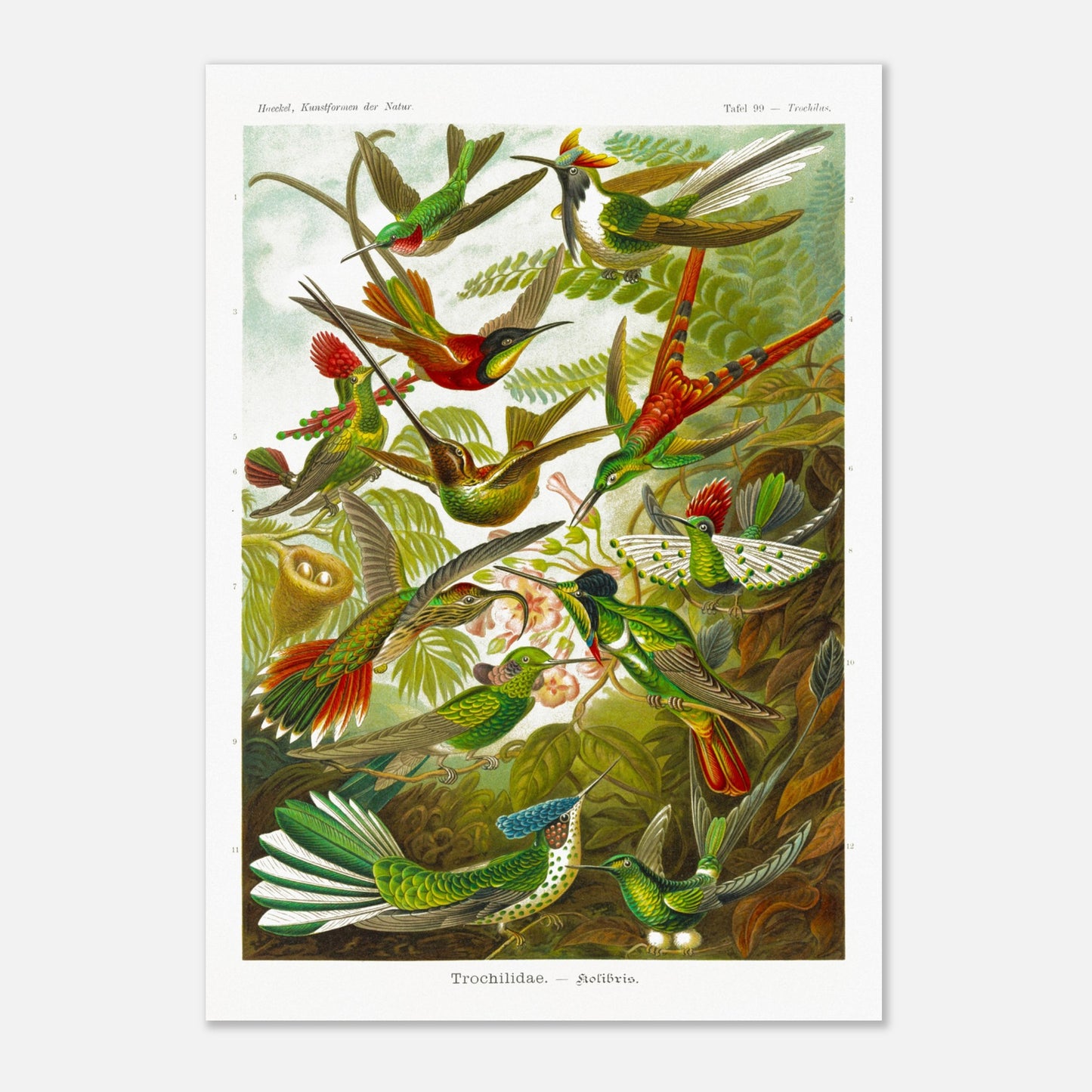
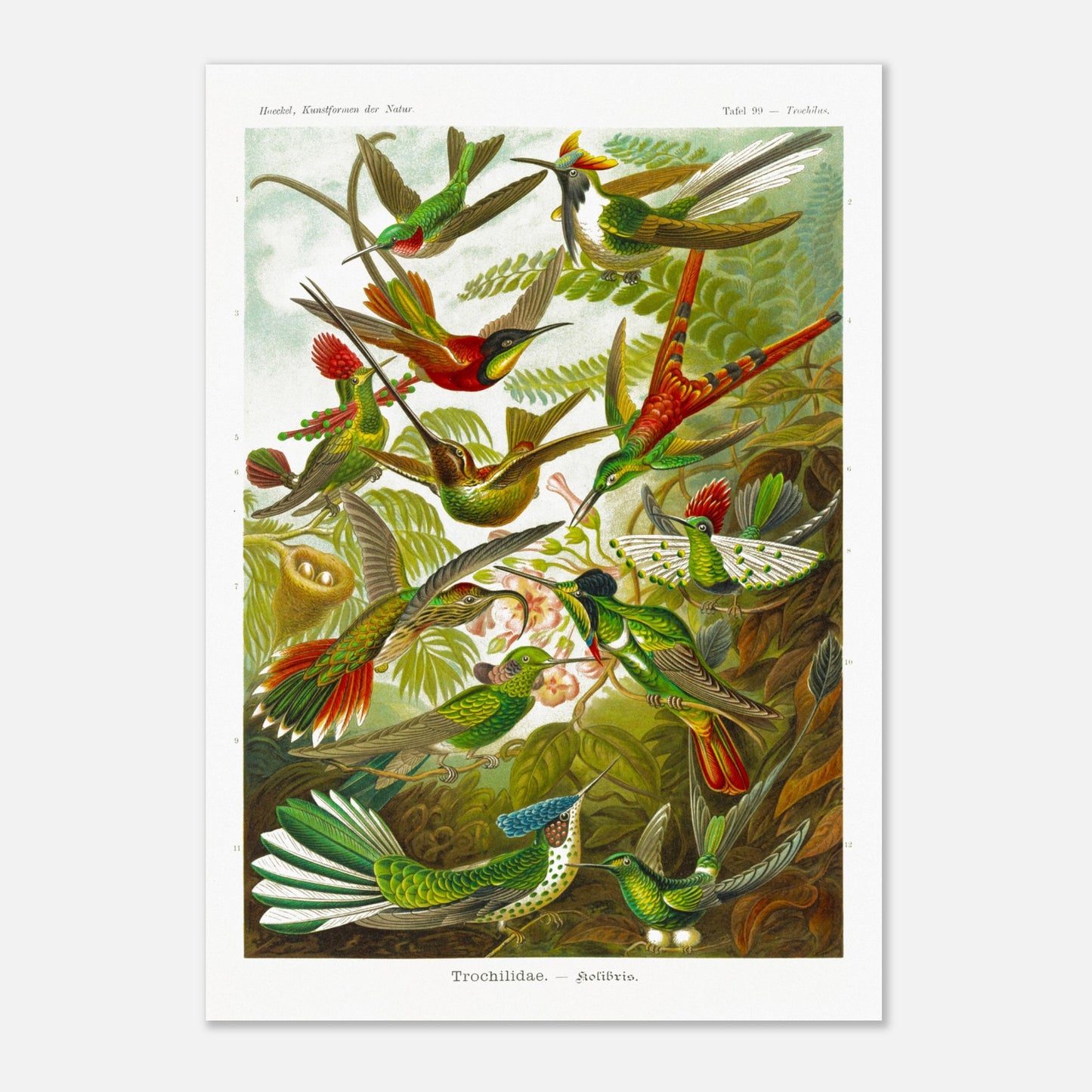
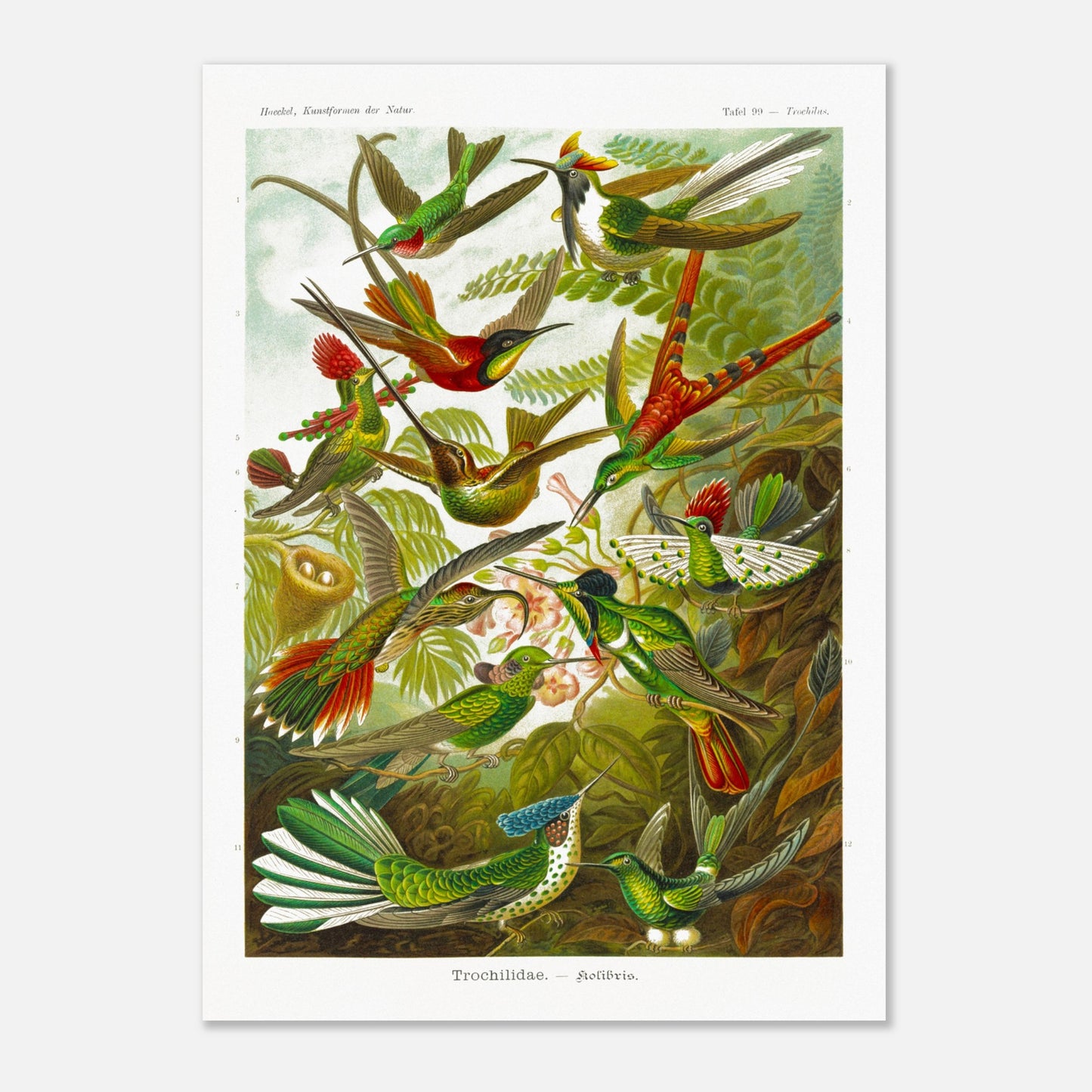
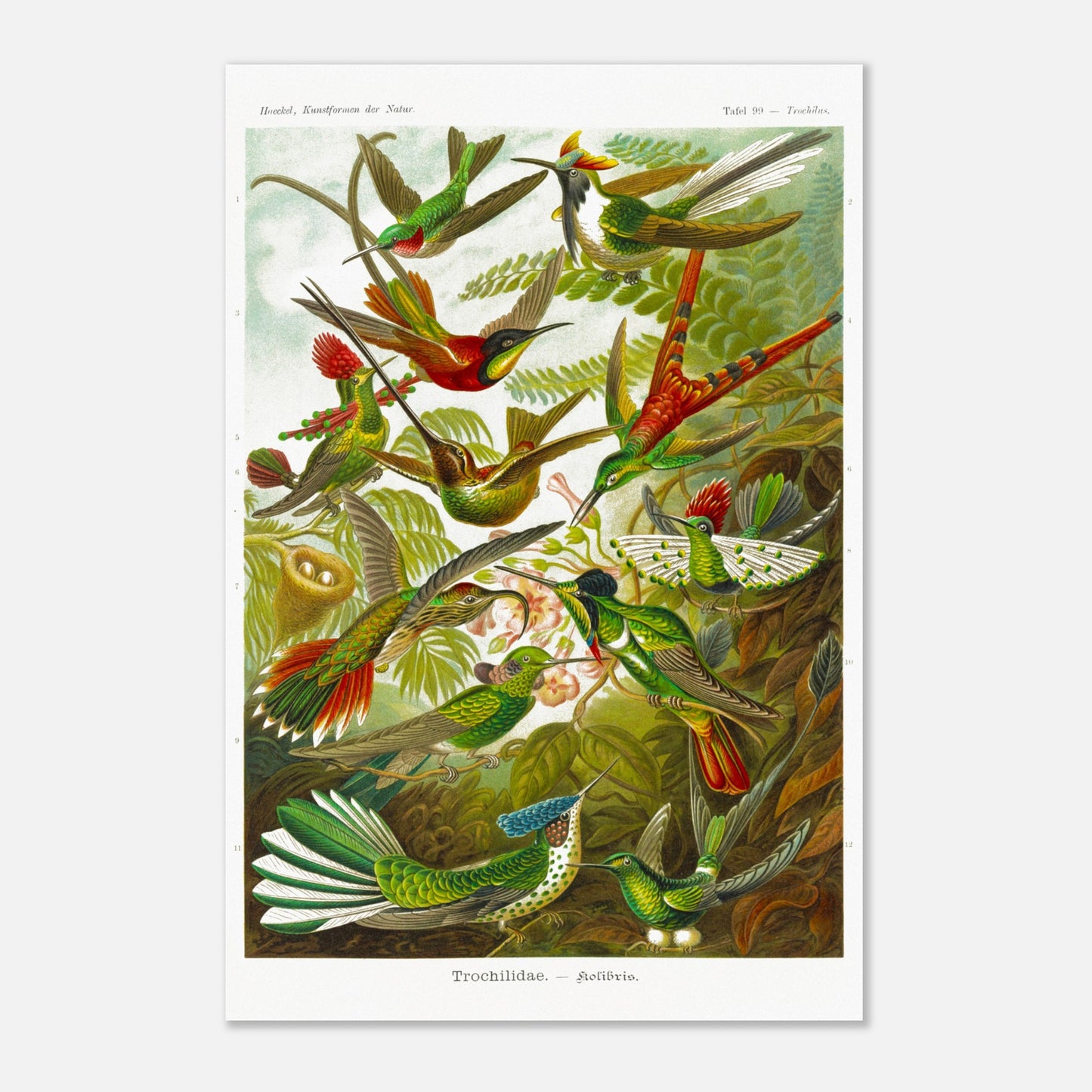
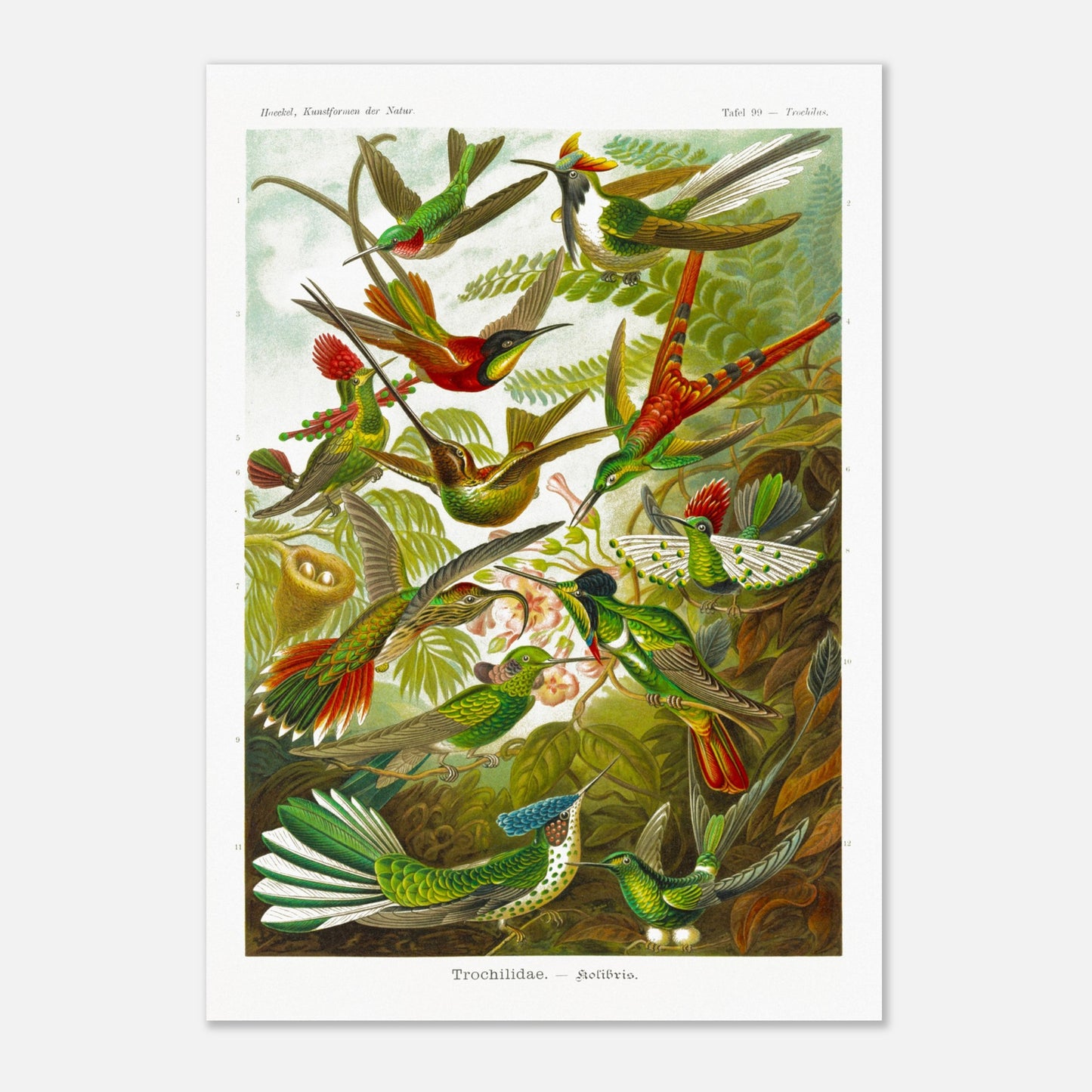
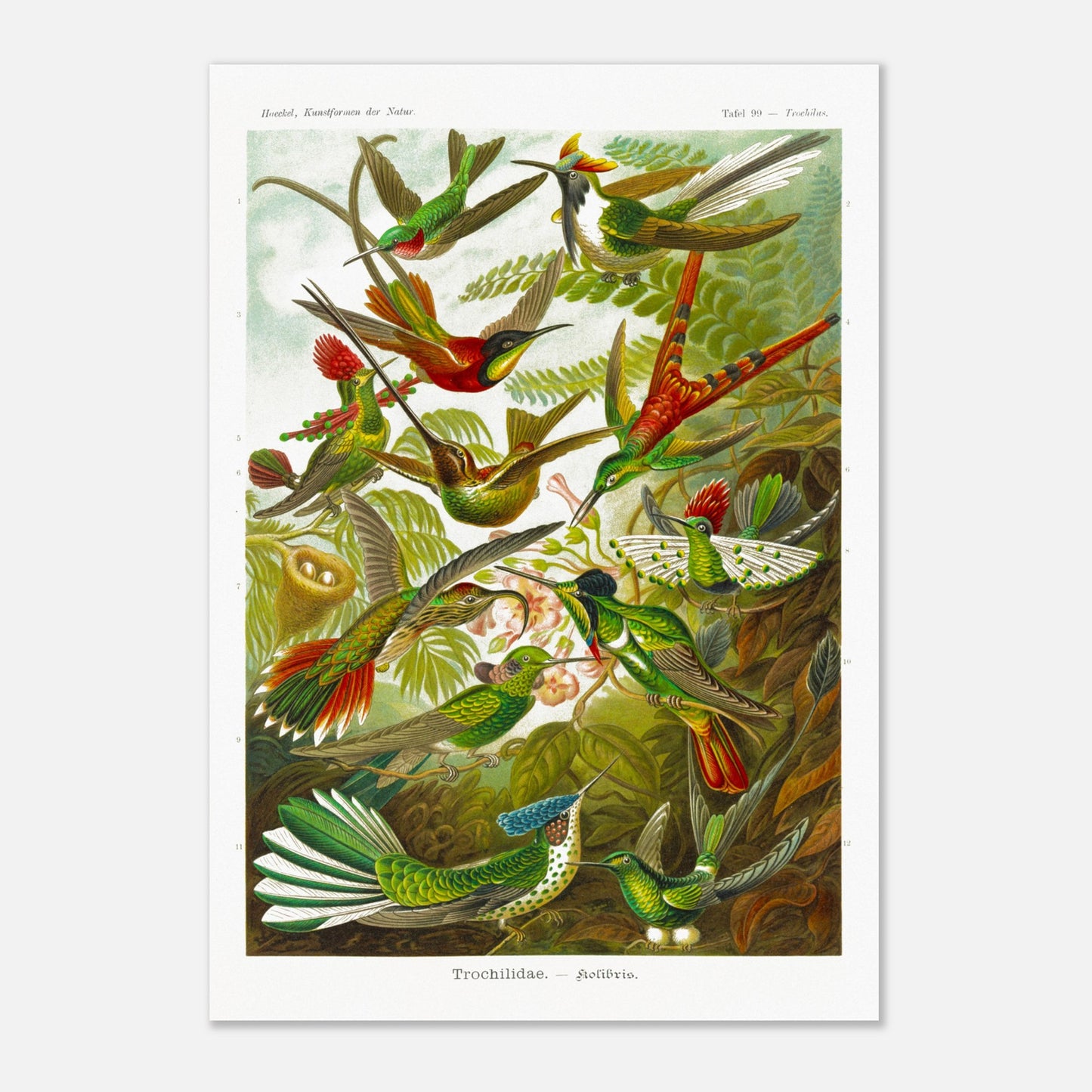
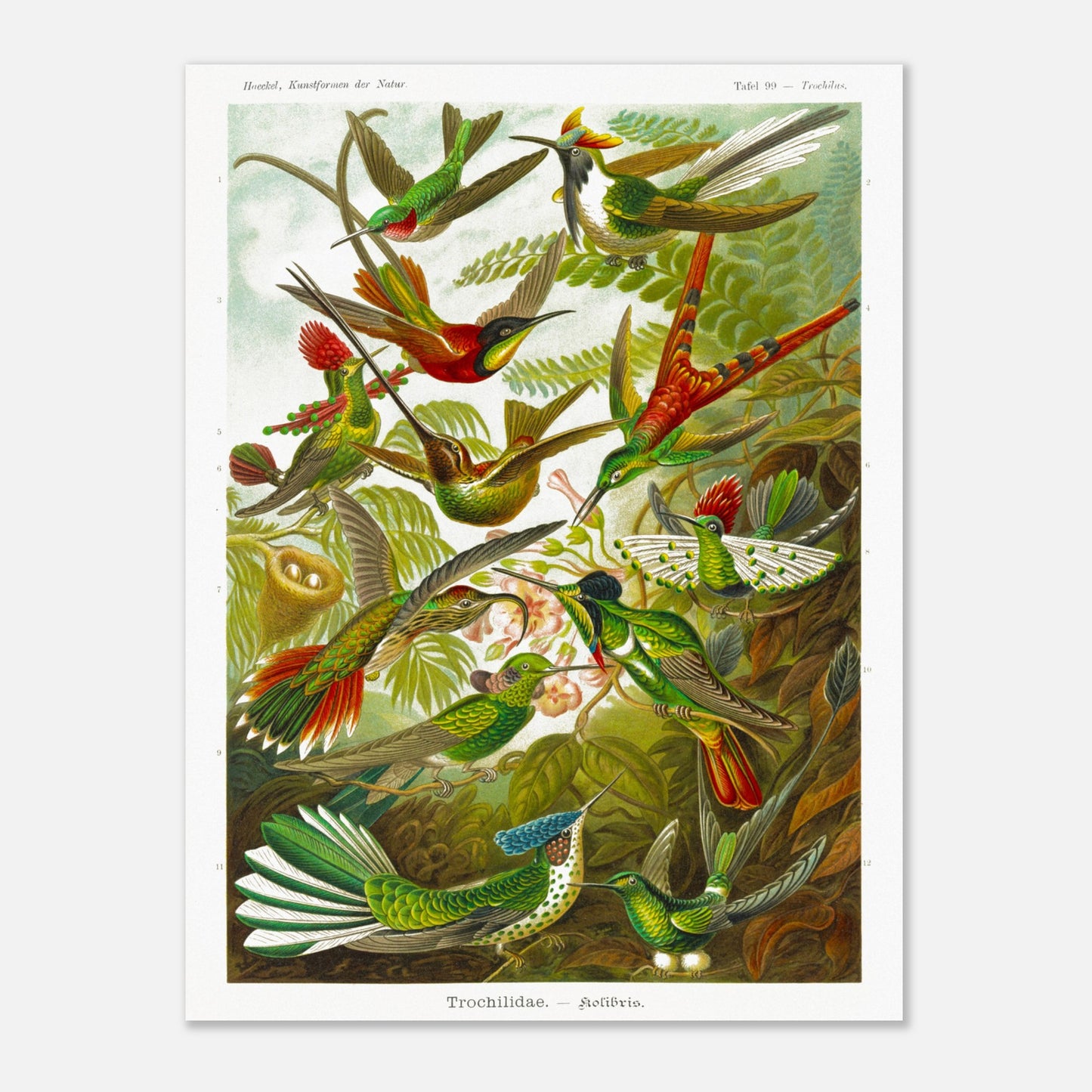
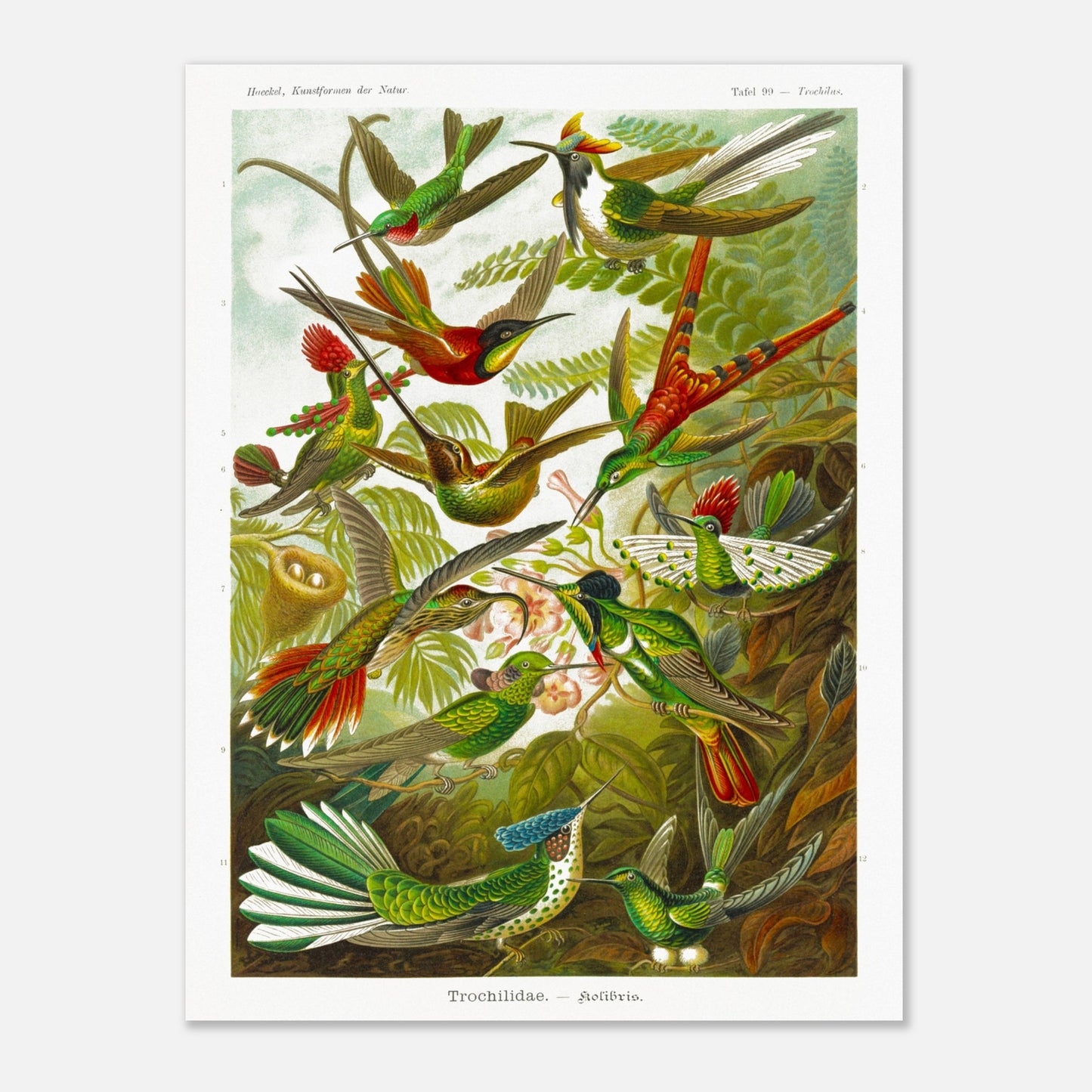
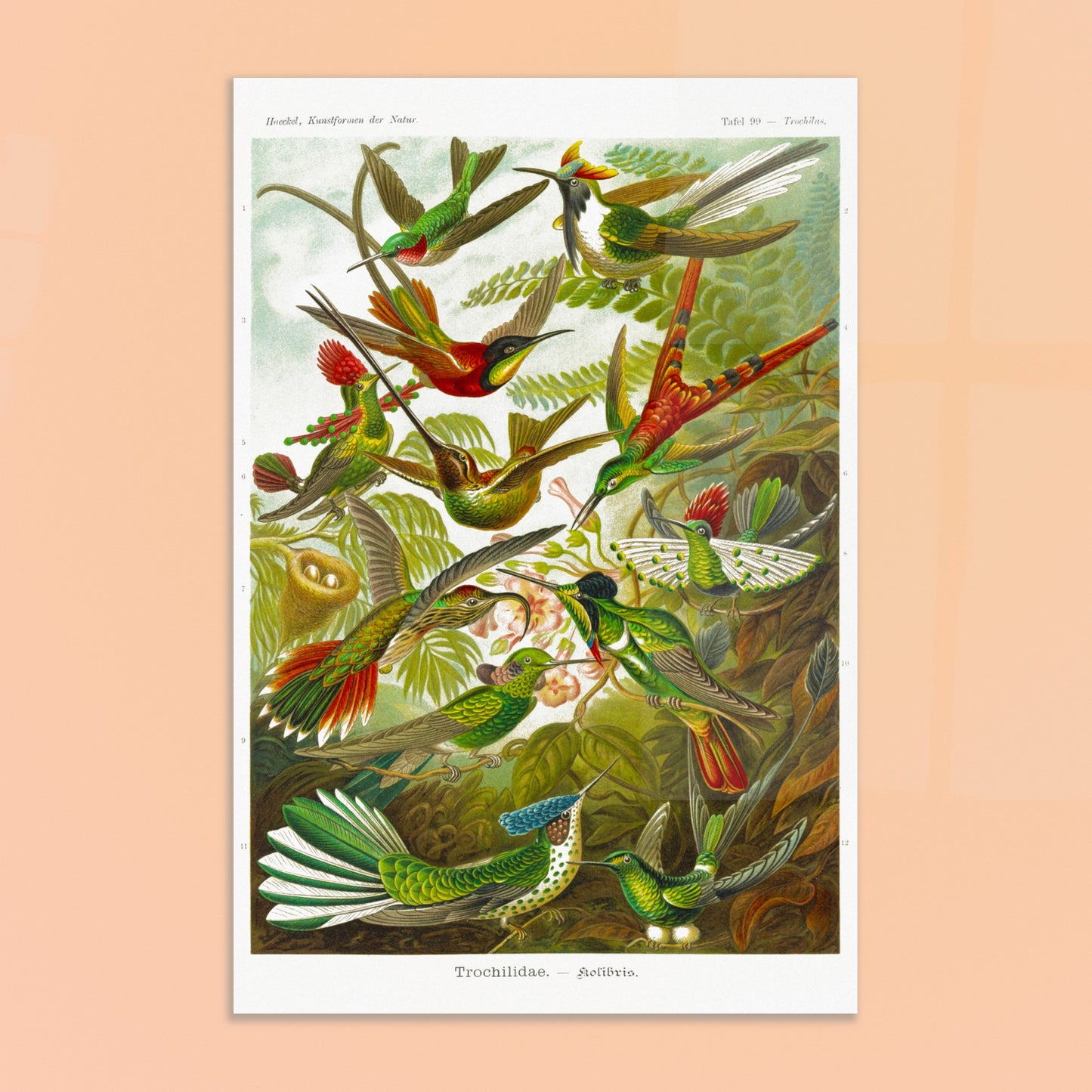
Recently viewed products
We are listening to you
If you are looking for a specific composition, a particular layout, or any other customization need, our team is at your disposal and will do everything possible to meet your requests.
So don't hesitate to...




